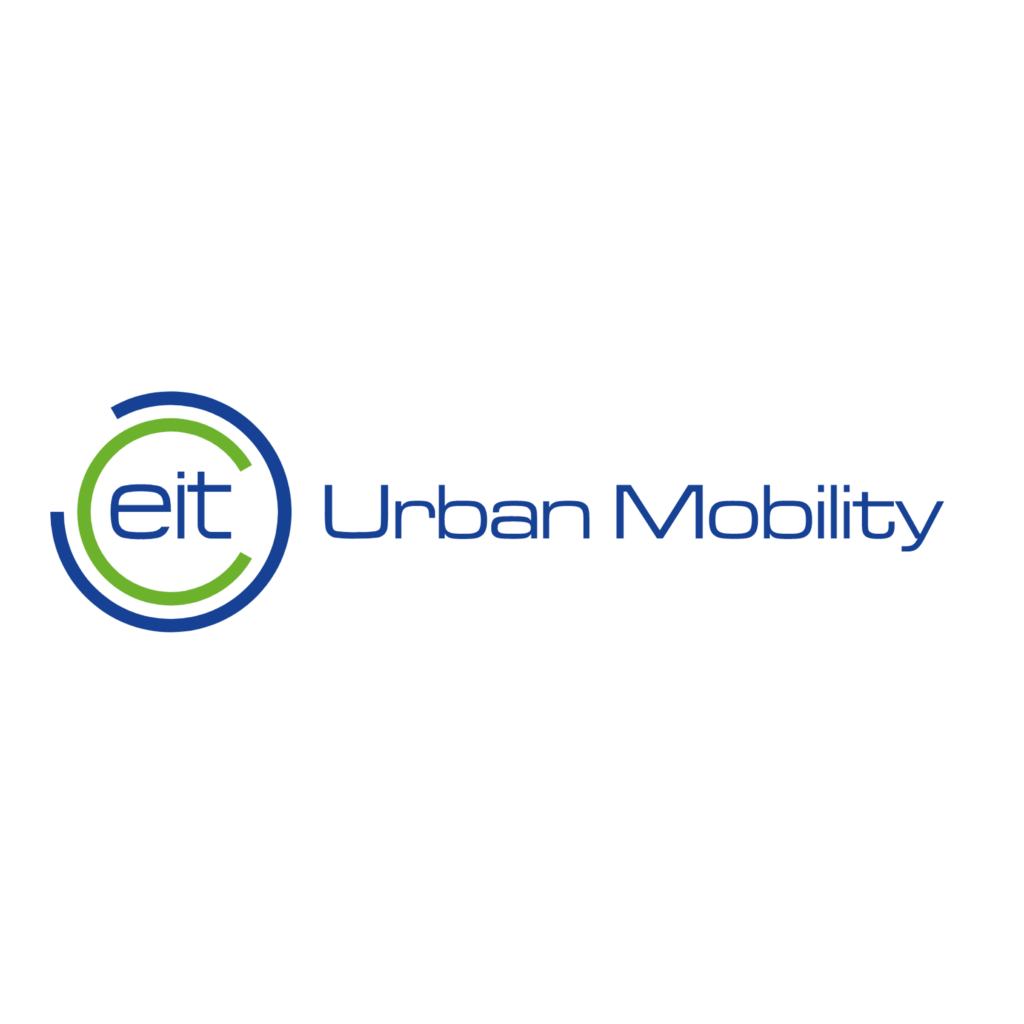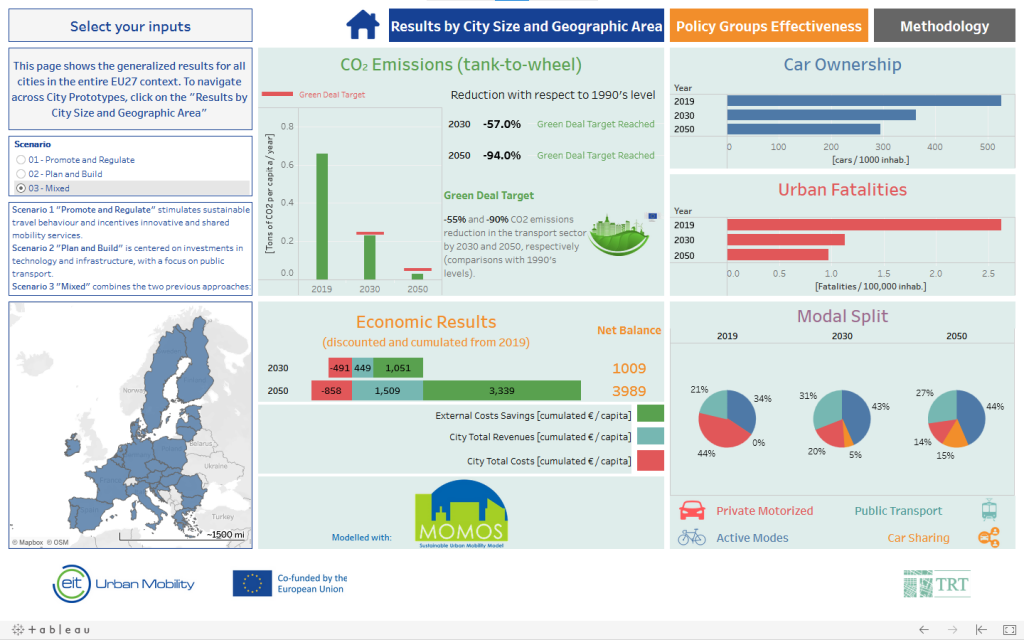Study on costs and benefits of the sustainable urban mobility transition on 12 European city prototypes

CLIENT: EIT KIC Urban Mobility
PERIOD: 2021
The study had the objective to assess the impacts of different sustainable urban mobility transition scenarios, producing a quantitative analysis of their costs and benefits for European cities by 2030 and 2050.
The calculation is based on an improvement and extension of the MOMOS model, which allows to calculate the costs and benefits of the transition through a set of indicators.
To take into account differences among 779 European cities, the quantification of results has been applied to 12 city prototypes, which considered different dimensions (small, medium, and large cities) and geographic areas (southern, central/western, northern, and eastern Europe).
The project considered three potential scenarios, based on a combination of policy measures taken from key EU initiatives:
- Promote and regulate, based on changing behaviour and promotion;
- Plan and build, focused on investments in technology and infrastructure;
- Mixed, which combines policies from the previous two scenarios.

The three scenarios were built on specific combinations and applications of policy measures, belonging to six different policy groups: Shared Mobility and Demand Management; Innovative Services; Green Public Transport and Logistics Fleets & Charging Infrastructure; Pricing Schemes; Transport Infrastructure; Traffic management and control.
The outputs of the study consisted in a series of indicators from three domains: transport (modal split, car ownership), environment (CO2 emissions, fatalities), and economic (city costs, revenues, and externalities). Also, a policy effectiveness comparison determined the best policy measures, in terms of associated cost/revenues and CO2 reduction, according to different city sizes.
For more information:
- Full results of the study can be explored with this interactive tool.
- The study’s Full Report can be downloaded here.
- Additional info can also be found on the EIT Urban Mobility website
